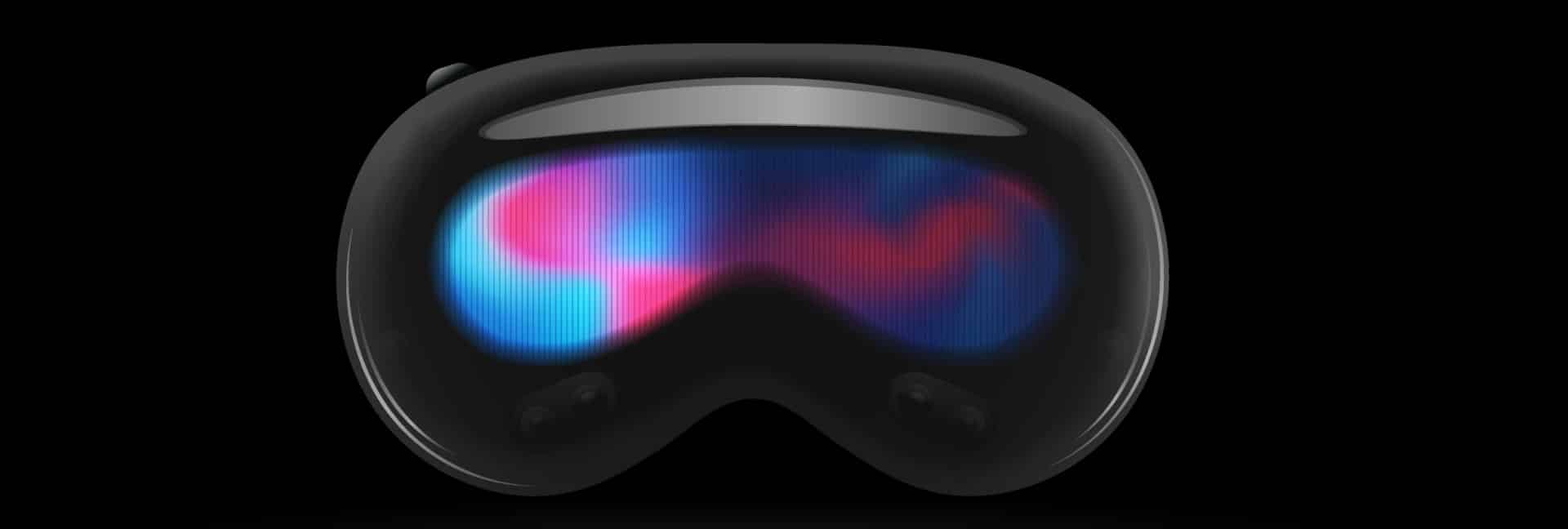Back in 2021, Meta CEO Mark Zuckerberg announced a new research partnership with automotive giant, BMW. The project’s aim was to integrate AR and VR technology into vehicles to entertain, improve productivity and help people connect socially while travelling.
Recently, Zuckerberg has shared an update on the project’s progress. Although it will still be a while before consumers can access this technology, Meta’s recent report demonstrates that the two companies are working well together to overcome some key challenges.
So, what can we expect from the partnership? What is the current status of the project? And, what else is happening with VR in the auto industry?
Here’s the low down on Zuckerberg’s recent Meta- BMW partnership update.
What Are the Aims of the Meta-BMW Partnership?
The main goal of the partnership is to anchor virtual objects accurately in relation to the motion of the car. It will do this using both the car’s tracking system and that of the Meta headset. Researchers say they are working with both the Meta Quest Pro and the yet-to-be-released AR headset, Project Aria.
Getting this tracking system in place is vital, as without it, there would be a noticeable drift whenever the car turns or makes other movements. This would render the headsets completely unusable on any piece of road that isn’t perfectly straight.
What Is the Meta-BMW Project’s Status?
At the moment, the project is at a proof-of-concept prototype stage. In the recent update, Meta said the partnership had overcome key technical challenges, including fusing the headset with the car’s sensors to learn the relative position. Despite this progress, both companies agree that the project is not yet ready to launch to the public.
The Head of BMW US’s Group Technology Office, Claus Dorrer, has said that it’s too early to know when or how the technology will make it into the hands of consumers. At the moment, he says, they envisage several potential use cases for XR in vehicles, including helping drivers find their vehicles in busy car parks, providing alerts to hazards on the road, and giving information about the vehicle’s condition. Dorrer believes that AR and VR both hold promising implications for both passengers and drivers.
What Other VR and Automotive Projects Are There?
Meta and BMW are not the only companies working on this type of research. Recently, the Audi-backed startup company, Holoride partnered with HTC to create an in-car VR experience using the HTC Vive Flow.
Although Holoride has attracted attention at tradeshows, there’s been little adoption of the technology, even though consumers only need to invest in a $200 retrofit before using their Vive Flow to access VR in their vehicles.
With both BMW and Audi backing projects like these, it’s clear that the automotive industry is waking up to the idea that consumers may want to use XR devices on the go, much like they use smartphones.







